
Photo
The outbreak of World War I in Europe in 1914 at first did not seem to involve Americans. President Woodrow Wilson, who had spent part of his boyhood in Columbia, promised to keep the U.S. out of the...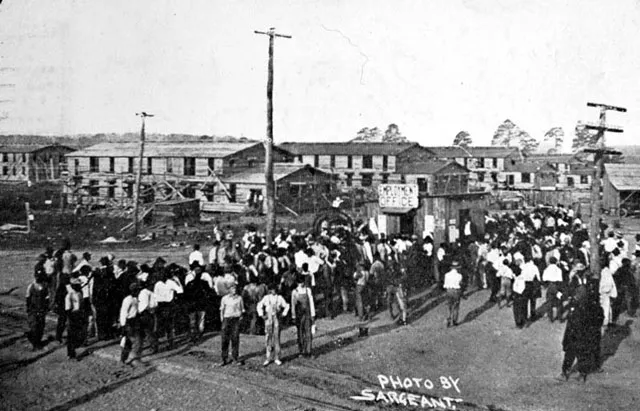
The outbreak of World War I in Europe in 1914 at first did not seem to involve Americans. President Woodrow Wilson, who had spent part of his boyhood in Columbia, promised to keep the U.S. out of the war. But, by 1917, Americans were no longer able to remain neutral on their own terms. When Congress declared war on Germany in April 1917, little preparation had been made for the mobilization of troops or citizens for a war effort. At Camp Jackson, the first need was to build facilities to train recruits into the army. This postcard records both aspects of the enormous buildup at the camp. The caption for the photograph reports that, at the employment office at Camp Jackson, "More than 1,000 men have been employed in a single day" to build the new barracks.

Photo
The outbreak of World War I in Europe in 1914 at first did not seem to involve Americans. President Woodrow Wilson, who had spent part of his boyhood in Columbia, promised to keep the U.S. out of the...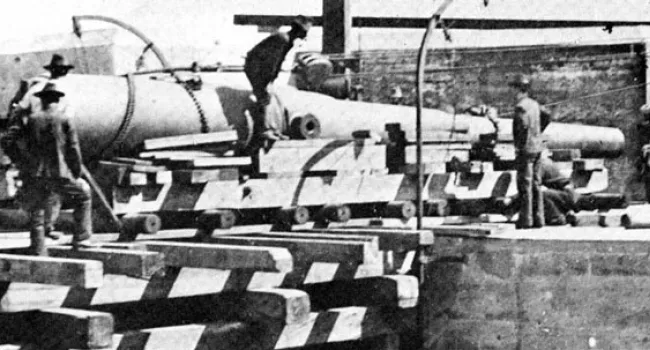
Photo
Although this photograph of Battery Jasper, located several hundred yards east of Fort Moultrie, was taken in the late 1890s, it shows the construction of the coastal defense system around the fort...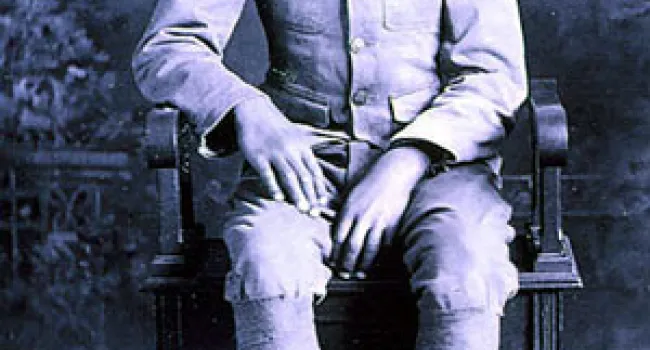
Photo
African-American recruits served honorably in World War I in segregated units. This unknown young man posed, wearing his uniform, for Columbia photographer Richard S. Roberts, around 1920. Courtesy of...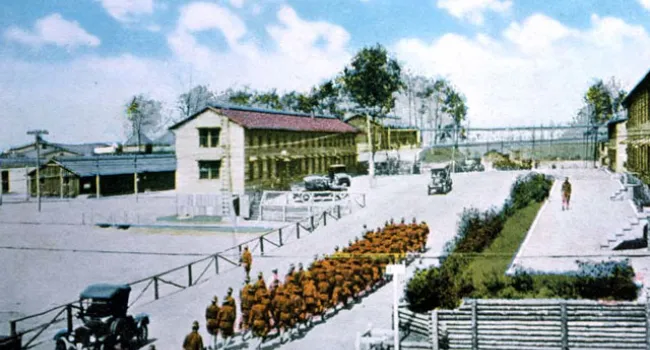
Photo
The main road at Camp Jackson, 1917. Courtesy of the Howard G. Woody Postcard Collection.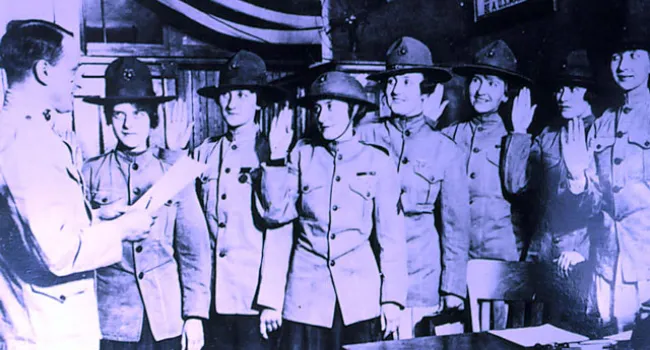
Photo
Women recruits at Parris Island during World War I. The combat unit manpower needs of the Marines, as for all of the services, were so great that women were recruited to take over many of the...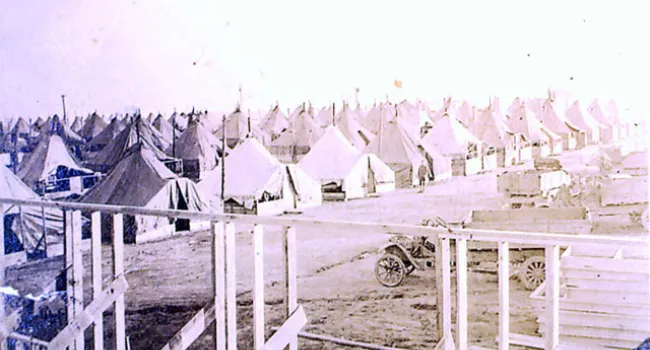
Photo
Many young men recruited into the army were trained at Camp Sevier, near Greenville. Motor Truck Companies 101 and 218 lived in this tent city. Courtesy of the South Caroliniana Library.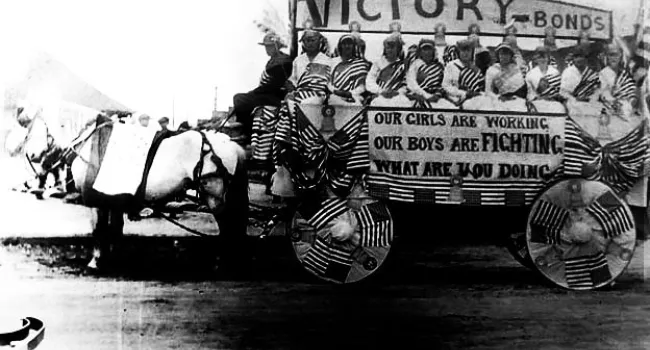
Photo
The Kershaw Mills of Springs Manufacturing sponsored this float in the Third Liberty Loan Parade on April 27, 1918, urging mill workers to participate in the war effort by buying Victory Bonds...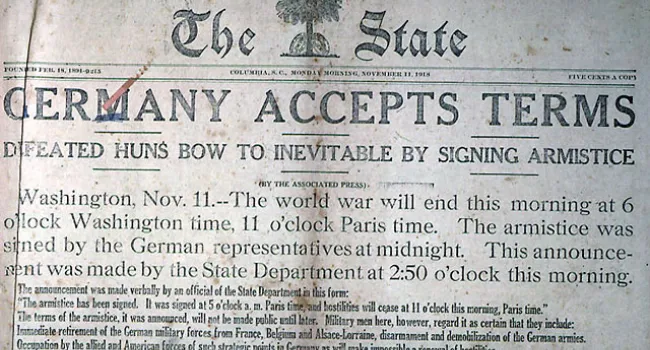
Photo
The First World War ended with the surrender of Germany "at the eleventh hour, on the eleventh day, on the eleventh month." This headline in "The State" newspaper on November 11, 1918, brought news of...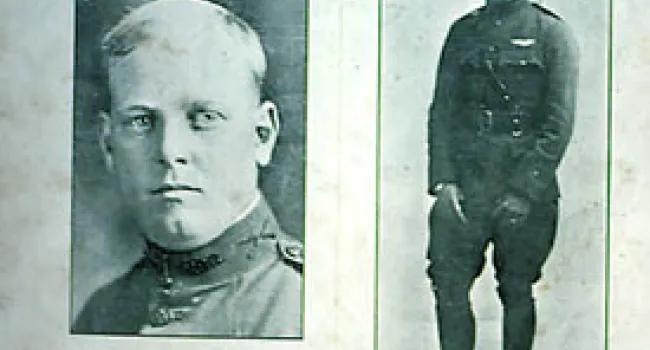
Photo
Many young South Carolinians lost their lives in the First World War. This sheet music celebrates two Sumter natives, Robert O. Purdy and Ervin D. Shaw, after whom Shaw Air Base was named. The verse...